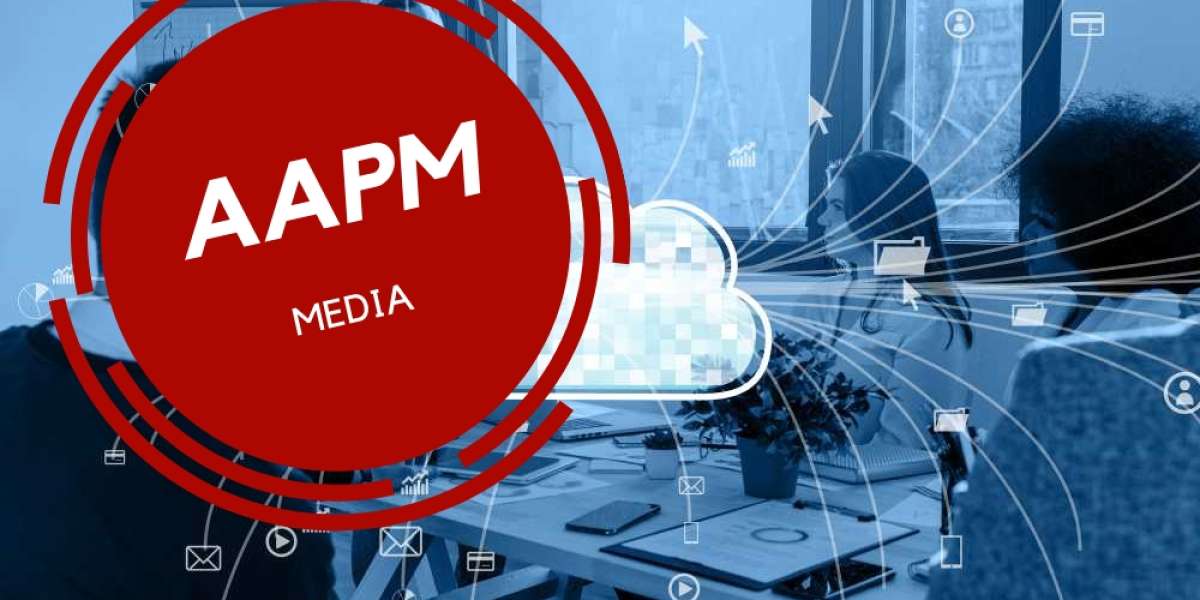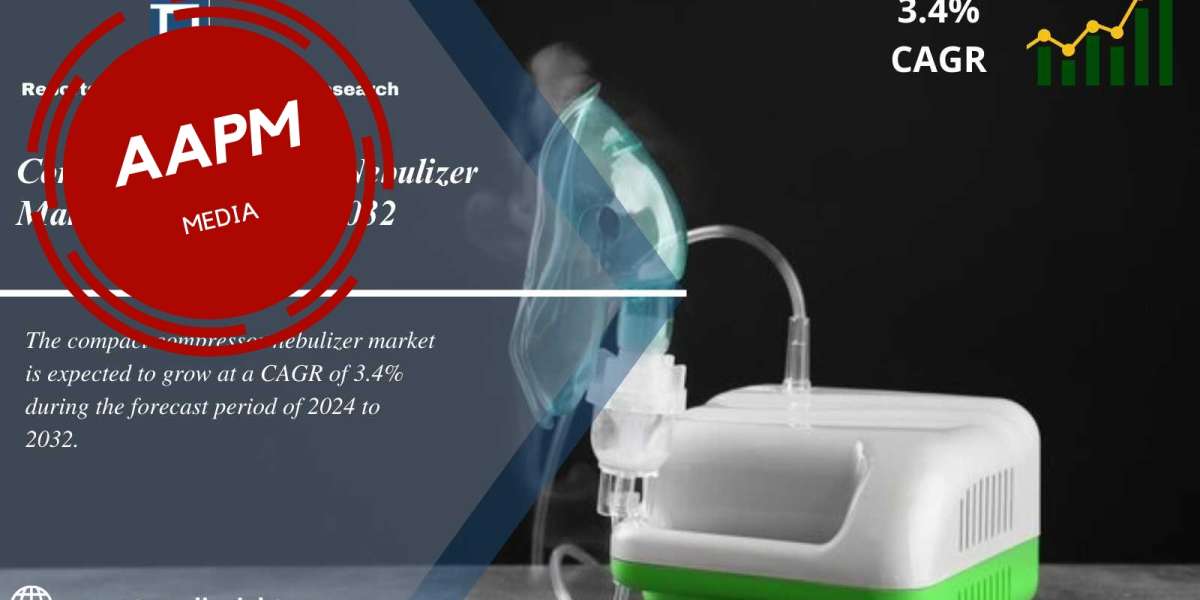In today's fast-paced digital landscape, cloud computing has emerged as a transformative force that powers businesses and individuals alike. But what exactly is cloud computing? How does it work? And what are the different flavors it comes in? In this article, we'll embark on a journey to demystify cloud computing, explore its myriad advantages, and delve into the fascinating world of cloud service models such as SaaS, PaaS, and IaaS.
What Is Cloud Computing?
At its core, cloud computing refers to the delivery of computing services—including storage, processing power, and networking—over the internet. Instead of relying solely on local servers and personal computers, cloud computing harnesses the vast resources of remote data centers to provide flexible and scalable solutions. This enables users to access and utilize these services from virtually anywhere with an internet connection.
The metaphorical "cloud" in cloud computing symbolizes the abstraction of the complex infrastructure behind the services. Users don't need to concern themselves with the nitty-gritty technical details; they can simply focus on utilizing the resources they need.
Advantages of Cloud Computing
Cloud computing offers a plethora of advantages that have revolutionized the way businesses operate and individuals interact with technology. Some of the key benefits include:
- Scalability: Cloud services can scale resources up or down according to demand. This elasticity is particularly valuable for businesses with fluctuating workloads, as they can avoid overprovisioning and underutilization of resources.
- Cost Efficiency: Traditional IT setups often require substantial upfront investments in hardware and maintenance. Cloud computing operates on a pay-as-you-go model, reducing capital expenses and enabling organizations to allocate resources more efficiently.
- Accessibility: With cloud services, data and applications are accessible from anywhere, fostering collaboration among geographically dispersed teams and enabling remote work setups.
- Reliability and Redundancy: Cloud providers typically offer robust backup and disaster recovery solutions. Data loss risks due to hardware failures or other issues are minimized, as data is distributed across multiple servers and locations.
- Security: Cloud providers invest heavily in security measures, often offering encryption, authentication, and compliance features that exceed what many organizations can achieve on their own.
- Automatic Updates: Cloud services often include regular software updates, ensuring that users have access to the latest features and security patches without the need for manual intervention.
Exploring Cloud Service Models: SaaS, PaaS, and IaaS
Cloud computing isn't a one-size-fits-all solution; it comes in various flavors, each catering to different needs and technical proficiencies. Let's take a closer look at the three primary cloud service models: Software as a Service (SaaS), Platform as a Service (PaaS), and Infrastructure as a Service (IaaS).
- Software as a Service (SaaS): Imagine a scenario where you can access and use software applications directly from your browser without the need for installation or constant updates. That's the magic of SaaS. From email services like Gmail to collaboration tools like Microsoft 365, SaaS applications are hosted on cloud servers and made available to users over the internet.
SaaS eliminates the need for users to worry about software maintenance, as updates and patches are managed by the provider. This model is perfect for individuals and businesses seeking user-friendly solutions without the hassle of managing underlying infrastructure.
- Platform as a Service (PaaS): For developers and tech enthusiasts, PaaS offers a playground of tools and resources to build, deploy, and manage applications. PaaS provides an environment where developers can focus on coding and application logic, while the underlying infrastructure, including servers, databases, and development tools, is managed by the cloud provider.
This model accelerates the development process, as developers don't need to concern themselves with server provisioning and configuration. PaaS is a stepping stone that bridges the gap between SaaS and the more hands-on IaaS.
- Infrastructure as a Service (IaaS): If you're an IT professional or an organization with specific infrastructure requirements, IaaS is your digital playground. IaaS provides virtualized computing resources—such as virtual machines, storage, and networking—over the internet. This gives users the flexibility to create and manage their own IT environments in the cloud.
IaaS is like renting the foundation of a building and constructing your own structure on top of it. It's a great choice for businesses with unique needs or those migrating from on-premises setups to the cloud.
The Road Ahead: Cloud Computing's Ever-Evolving Landscape
As technology continues to evolve, so does cloud computing. New service models, such as Function as a Service (FaaS) and Container as a Service (CaaS), are emerging, offering even more specialized solutions. Additionally, the integration of artificial intelligence and machine learning capabilities within cloud services is poised to reshape industries and create innovative experiences.
In conclusion, cloud computing has transformed the way we interact with technology, offering unparalleled flexibility, efficiency, and accessibility. By understanding the core concepts of cloud computing and the distinctions between SaaS, PaaS, and IaaS, individuals and businesses can harness the power of the digital skies to propel themselves into a brighter, more connected future. So, whether you're a tech enthusiast, a business leader, or an everyday user, the cloud invites you to soar to new heights of possibility.







